A beautiful greenish lawn is always relaxing. Apart from the reasons, be it the status symbol or aesthetic pleasure, growing lawns instead of paving concrete means a green thumb. As organically fertilized and grown lawn is good for our environment and us
- Reduces the carbon footprint
- Purifies and improves air quality
- Prevents soil erosion and flood control
- And its visually appealing and relaxing
Now let us check into the details
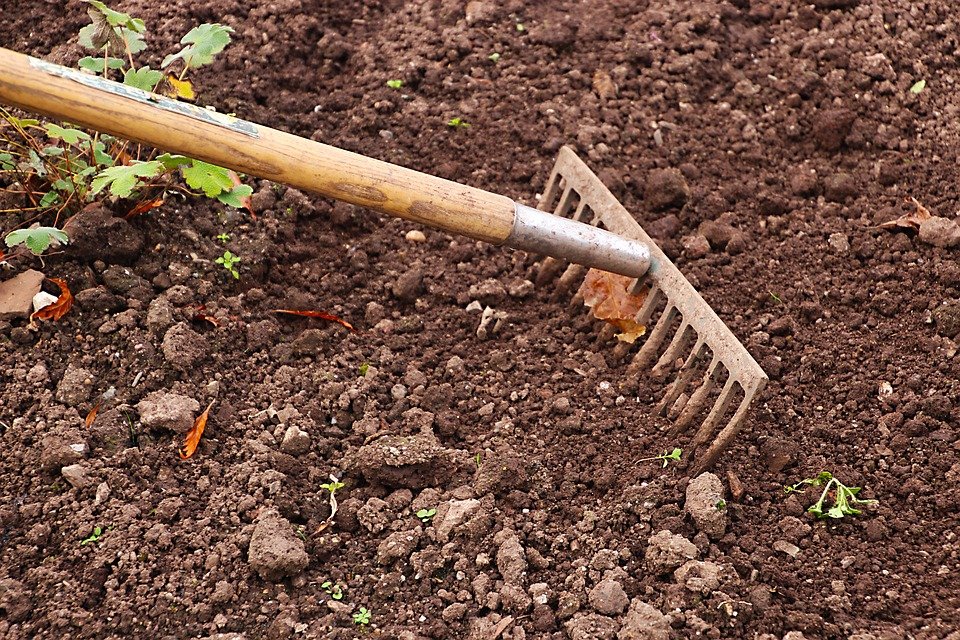
How to Prepare Soil and Plant Grass Seeds
1. Test and Set Your Soil’s pH
- A simple test for soil pH: Take a cup of soil and test one half with baking soda and another with vinegar. Acidic in nature will react to baking soda and alkaline will react to vinegar.
- The ideal pH for growing grass ranges between 6 to 7 which can help the plant to easily absorb the nutrients.
- Though winter season grass prefers a higher pH value while the summer season varieties can tolerate lower pH.
- An extreme range of acidic or alkaline soil pH kills the grass and it’s bad for all kinds of plants.
- Raise and lower your soil’s pH: You can use lime or wood ash (fireplace ash) to increase pH and elemental sulfur to decrease and make it acidic.
- Too much watering can also erode the nutrients and make the soil acidic. Also over the use of fertilizers can raise the nitrogen levels and make the soil more acidic. Anything in moderation is good for a comfortable pH range.
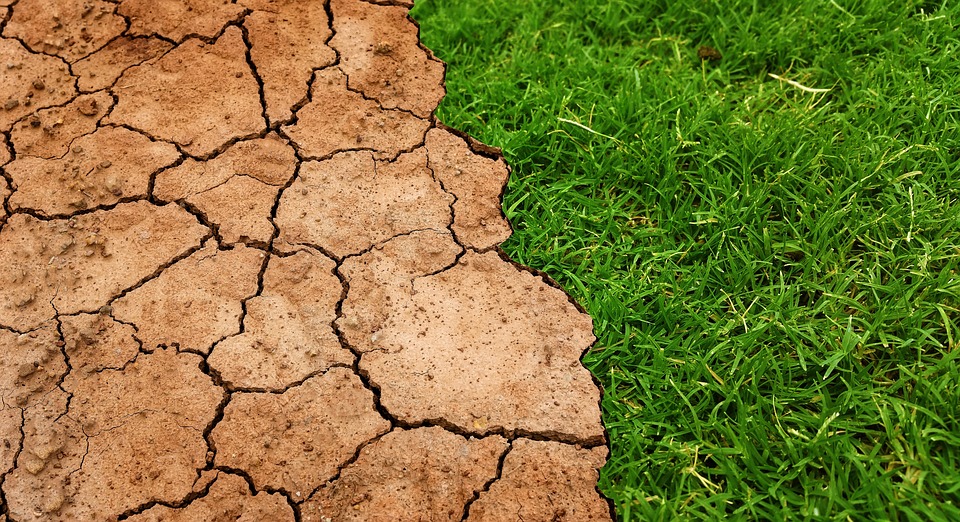
2. Prepare and Improve Your Soil Texture:
- Break and rotate: Use a tiller or garden fork (for small landscape) to break the compacted ground. Aerate the soil and don’t forget your safety glasses ;).
- Loosening and mixing dirt up to 6 inches of the top layer results in well-drained aerated soil.
- If you are not sure about your soil quality, add organic matter like compost or natural slow-release fertilizer. This helps to break down soil minerals, also it increases the storage capacity of the soil to hold nutrients (N, P, K, Ca, and magnesium) and moisture.
- Now rake your soil and clear the debris, rocks, and weeds.
- Give a firm press with your feet or roll to level your landscape. Not too hard to compress and compact it again. Just make sure it leveled and feels flat.
- Water before seeding grass: Moisture helps to germinate the seeds faster. Deep watering few days before casting grass seeds is important for the healthy growth of your lawn (unless it’s raining already).
Best Season to Start Planting Grass Seeds
Warm-season grasses: For southern grasses like Bermuda grass, Centipede, Zoysia, and St. Augustine grass (buffalo) it is best to start in late spring to early summer for healthy growth for a new lawn or overseeding for repair.
Cool-season grasses: For northern grasses like fescue, Kentucky bluegrass, bentgrass, ryegrass the warmth and moisture level during late summer and early fall will suit for faster germination and establishment.
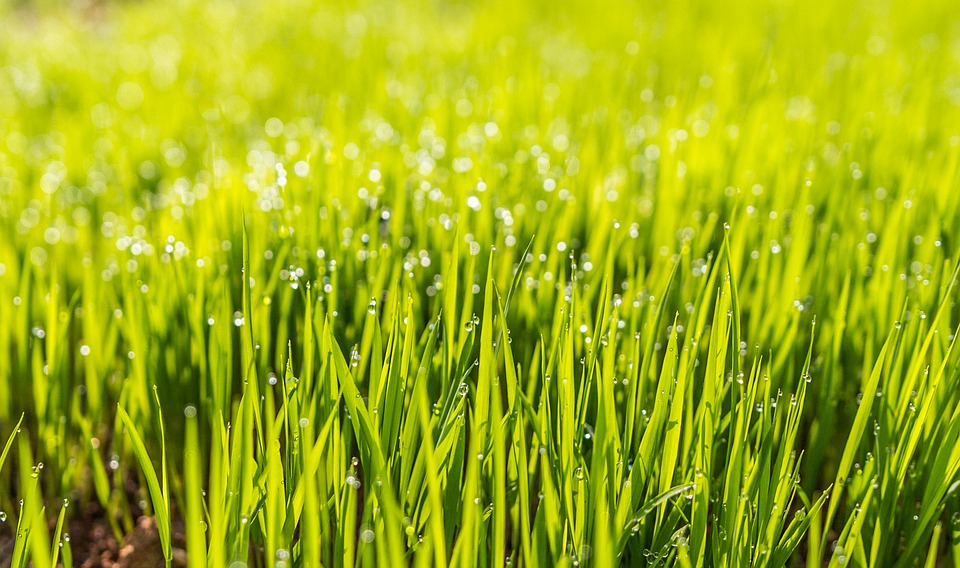
3. Choose The Best Grass Type for Your Lawn
There is no one best grass for all regions. Choosing a native grass type of your region is recommended as it is tolerant of the climate, resulting in healthy growth and a greenish lawn.
1. Kentucky Bluegrass (Poa pratensis): Best for northern and cool climate with moderate temperature, good for heavy traffic. But, shows low performance during summer.
2. Perennial Ryegrass (Lolium perenne)/ Winter Ryegrass: Just like Kentucky, it suits the northern climate and is durable to tolerate heavy traffic. It is known for its quick germination and establishes faster. As its name suggests it’s perennial and comes back.
3. Fine Fescue (cool-season grass): Fescues are shade tolerant and suit northern regions but, it doesn’t go well for foot traffic. Best for shaded backyard and blends well with the above said varieties. Used as a filling type grass that germinates and establishes better than its rivals.
4. Tall Fescue (Festuca arundinacea): Ornamental cool-season perennials and bunch-type grass. Heat tolerant and it can survive in low rainfall regions too. Can be used and blended with other turf-type grass for lawn and recreational play areas.
5. Zoysia is creeping type grass that is heat and cool-season tolerant and good for foot traffic. This warm-season grass is water efficient and requires less fertilizer to create dense layers of grass feeling soft on your feet. It’s invasive in nature so you can even plant plugs instead of seeds for the faster establishment to get a greenish carpet that’s pleasant for your eyes.
6. Bermuda grass (Cynodon dactylon/Scutch Grass) is resistant to heat and cool-season and easy to maintain than its counterparts. Its drought tolerant and perennial in nature and comes back every year and suits all types of soil and down south regions.
7. St Augustine Grass (Stenotaphrum secundatum)/Buffalo Turf: Native to southern and eastern regions that love to grow in warm weather and it’s tolerant to heat and humidity. It’s easy to maintain and establishes a dense turf quickly with its wide greenish blades yet it’s not good for foot traffic.
8. Centipede Grass (Eremochloa ophiuroides): Optimal and favorite warm-season grass choice for southeast regions as it’s easy to grow and low maintenance needs. It’s extremely tolerant to heat and loves acidic soil but sensitive to the cold season and alkaline soil. With minimal upkeep and schedule, this low-growing grass is great for lawns with less foot traffic.
4. Plant Grass Seeds, Rake, and Water
After choosing the best seeds for your region
- Spread the seeds all over your lawn space manually with your hands or a broadcast spreader for a large area.
- Just eyeball it to measure whether the seeds are evenly distributed, not overdone or less. As less spread area will result in empty patches and overdoing (densely spreading) will result in crowding and seeds will fight for room and nutrients.
- After that, you can use topsoil/compost or mushroom soil to cover the seeds to protect them from birds.
- Gently rake the landscape so that seeds are covered and perfectly seated at 1/4 inch and not deeper than that.
- Spray/Sprinkle water to keep your soil moist but not soggy. Perfect temperature, light, and well-drained moist soil are the perfect recipe for your grass seeds to germinate and establish at a rapid rate to win over weeds for a healthy lawn.
- Watering: Water lightly twice a day to keep the soil moist until the seeds germinate and grow up to 3 inches.
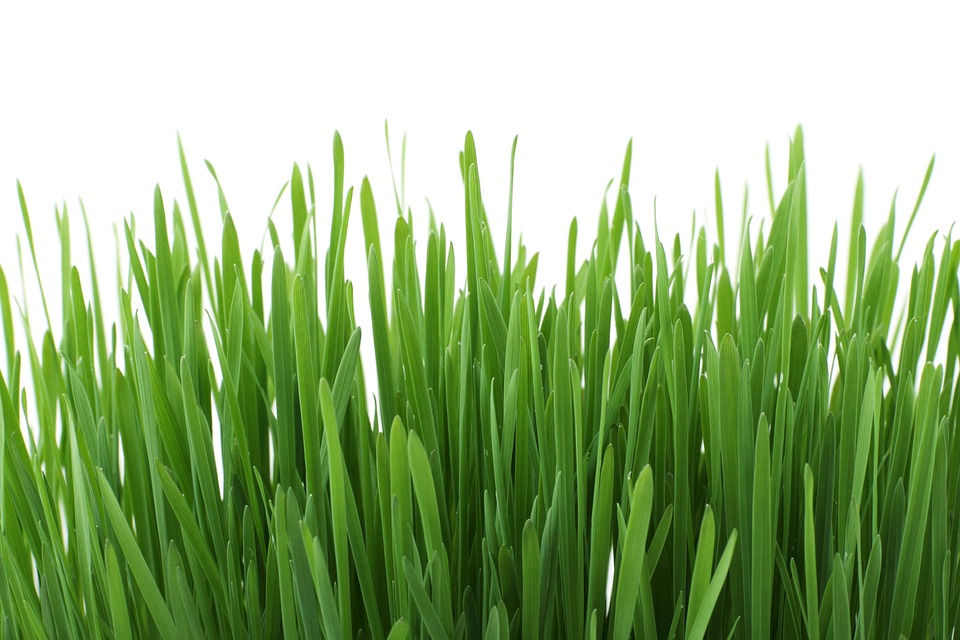
5. How long to wait for the seeds to germinate
- Perennial ryegrasses will germinate faster and take only 5 to 7days
- Fescue variety grasses take nearly 10 – 14 days
- Kentucky bluegrass and Buffalo grass take around 2 to 3 weeks
- While the warm season grasses like Zoysia, Bermuda, and Centipede will take more than 14 days and even up to a month on average.
- And as we have already seen, keep the lawn area moist until they germinate and reach at least 3 inches.
6. When to Fertilize Your New Grass
- Firstly avoid salt-based fertilizers before and immediately after planting grass seeds, as they burn them down.
- Using organic lawn fertilizers to enrich the soil before seeding. Organic fertilizers are 2x beneficial for your lawn and our environment as they don’t pollute the soil and water after rain.
- How often to fertilize your lawn? If you want to use synthetic fertilizers, you should start 60 days after the seed germination to avoid fertilizer burns. And at regular of about 3 to 4 months interval as per the nitrogen need for your lawn.
- Nitrogen helps to produce healthy green foilage while a little phosphorous helps to establish the root base.
- After fertilizing your lawn lightly water your grass to rinse off the fertilizer from grass blades.
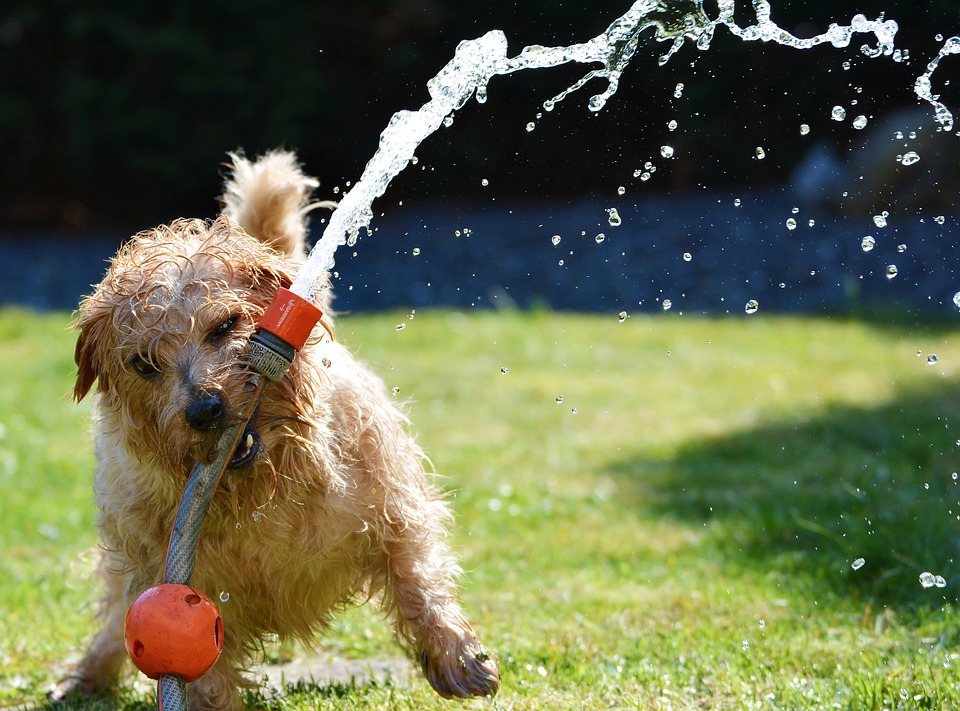
7. Watering Your Lawn
Watering duration after seeding: 10 -15 mins depending on the area and season, water four days a week, and make sure whether the top few inches of the soil are moist enough to keep the seeds alive until germination.
After the seed germinates and grows to few inches, you can reduce the frequency. Watering once in 3 days is enough.
Once your lawn is perfectly ready you can stop watering your grass on a schedule. After that deeply water your lawn to wet the entire root system and reduce the frequency for healthy root growth.
Best time to water your lawn: It is recommended to water your lawn in the mid-morning that allows the grassroots to hydrate themselves before it gets evaporated. Also, after 10 a.m. the sun drys up the leaf blades and prevents future infections.
If it’s in the evening, the best to water is late evening around 4 – 6 p.m. before the sun is long gone.
Watering on extreme heat: If there is extreme heat and the temperature is nearing its peak during summer water deeply 2 to 3 times a week.
Signs of overwatering: Yellowing leaves, damp leaf blades even hours after watering, too many weeds, empty patches.
Overwatering or watering daily not results in a shallow root system, it’s like a warm invitation for pests and disease.
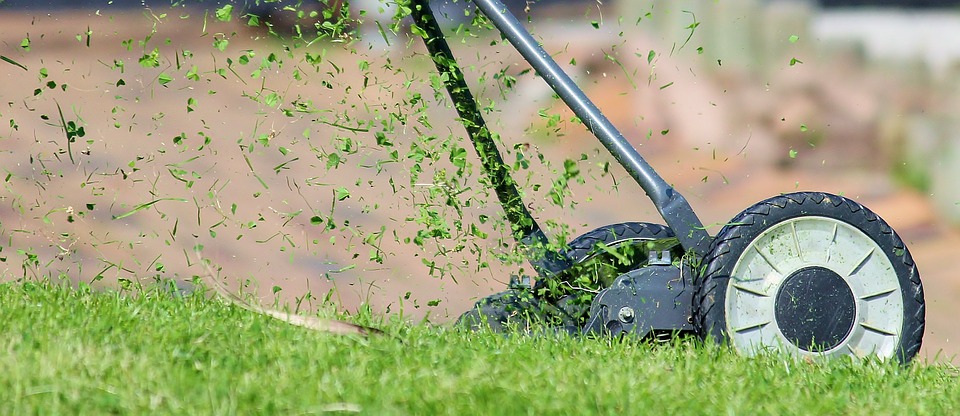
8. Quick Tips on Mowing Your Lawn
Mowing on extremely hot days and cold winter periods: No, avoid mowing your lawn while it’s already under heat stress or drought. Grass nearly shuns its growth on the two extreme temperature periods
Watering grass before mowing: Wet grass won’t get cut easily and it even clogs your mower. Watering after mowing is a really good option.
Best time to mow my lawn: Mid-morning around 8 – 10:30 a.m. will be a perfect choice as the sun rises above the line and dries up the morning dew or previous day irrigation and your dry grass is ready to get trimmed.
Mowing makes your grass thicker: Scheduled mowing not only keeps your grass at the desired length but also helps to trim off the tips of grass blades which suppress the horizontal growth. Every time after mowing this encourages the healthy growth of a dense green carpet.
Keep your grass greener even on summer days: Mow a little higher than usual, deep water 3 times a week, repair the patches caused by overwatering and pet waste, and apply nitrogen-rich fertilizer days before the peak summer to avoid fertilizer burn along with heat stress.
Leaving longer grass blades in the summer means deeper grassroots in the soil to shun the weeds and this also promotes a dense turf that keeps soil the moist and prevents it from drying out faster.
Instead of synthetic salt-based fertilizers using organic fertilizers won’t burn your plants and it’s eco-friendly too.
Mowing warm-season grasses in summer: As the name, with enough watering, they grow faster during hot days of summer and it’s a yes it means frequent mowing during hot months. Reduced watering frequency may seem to a nice option to cut off your mowing schedule, but it’s bad for your plants.
9. Grass Diseases & Fungus Treatment
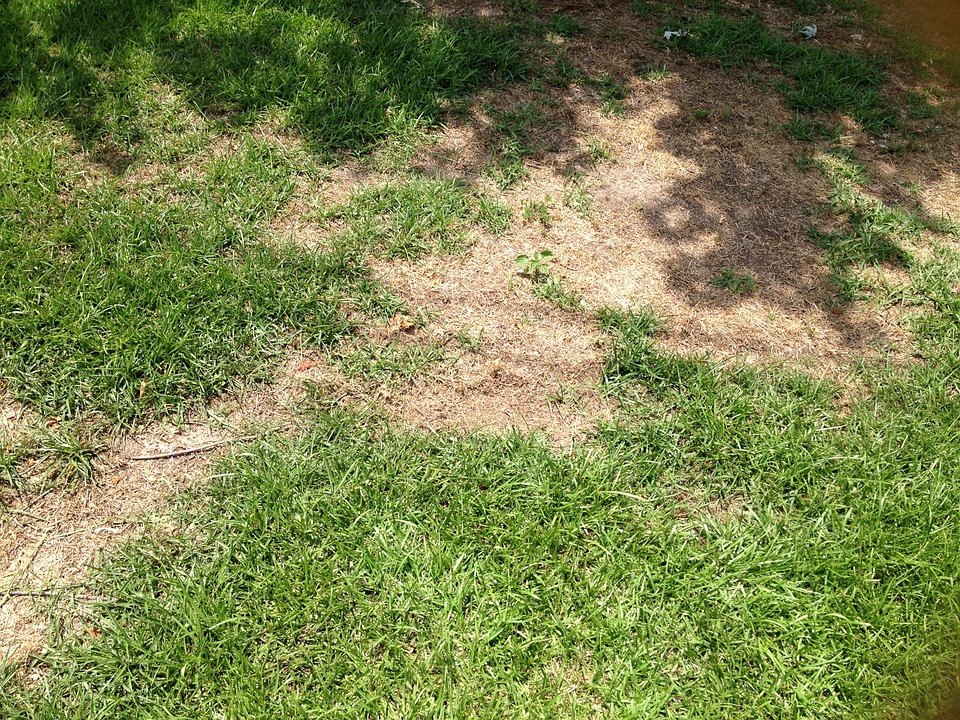
Common Reasons for lawn diseases:
- Improper mowing
- Heat and drought stress
- Hard dirt or compacted soil
- Overwatering or watering less
- Pet waste
- Hot and humid weather
- Overuse of fertilizers
Brown Spots Symptoms Identification and Treatment :
This mostly affects the cool-season grasses like fescues and ryegrass and sometimes affects warm-season grasses.
Most of the brown patch issues mostly affect the grass blades rather than the root and crown. Which means chances they may recover on their own.
Rhizoctonia fungus affects the grass during hot and humid days causing brown patches from few inches to feets in diameter.
Rhizoctonia Fungus Brown Patch Treatment:
- If they don’t recover on their own, rethatch and aerate the path soil.
- Avoid water at night leaving your grass blades wet and such lawn is prone to brown patches
- Rake and reseed with a resilient variety of seeds to address the issue
- Avoid over-fertilizing on summer days
- If dewdrops are all over your grass blades in the morning rather than watering, drag the water hose over your lawn to get it down and prevent brown patches.
- If nothing helps to control, use fungicide (preferably organic) or neem oil spray.
Lawn Powdery Mildew Fungus
- As the name suggests, it’s like talcum powder spread on a patch and it mostly affects cool-season grasses like Kentucky bluegrass.
- A simple and natural fungicide used to kill/prevent them is a bottle of spray with milk with 9 parts of water. Spraying on the affected patch can help solve the issue forming a protection against fungus without killing the plants.
- Even a 40:60 milk and water spray are also used by gardeners as a fungicide or to prevent their lawn from further damage.
Lawn Red Thread Fungus
- Affects mostly cool-season grasses from Fescues to Kentucky bluegrass.
- Low nitrogen levels, temperature, and high humid late spring season are seen as common reasons for this fungus invasion.
- Yet the fungus doesn’t kill the whole grass, it only affects the blades and not the crown.
- Rather than treating the spot with chemicals, it’s better to enrich the soil with nitrogen.
- Using organic over synthetic fertilizer is recommended.
Treating Gray and Pink Snow Mould
Caused two types of fungus namely Typhula spp and Microdochium nivalis creating white or grayish to pinkish patches. After heavy snow season and melts with damp roots and warm temperature causes the issue.
Avoid having tall grasses that hold moisture, mow to shorter than a normal, rake, and keep it dry to avoid dampness to escalate the issue.
In most cases, the root is not killed, so avoid using chemicals to treat the patch, as the weather warms up grass springs back to create a green spot again.
Snow mould duration: it may last up to 2 or 3 weeks depending on the weather. Rake and move and don’t pile up the grass blades and leaves.
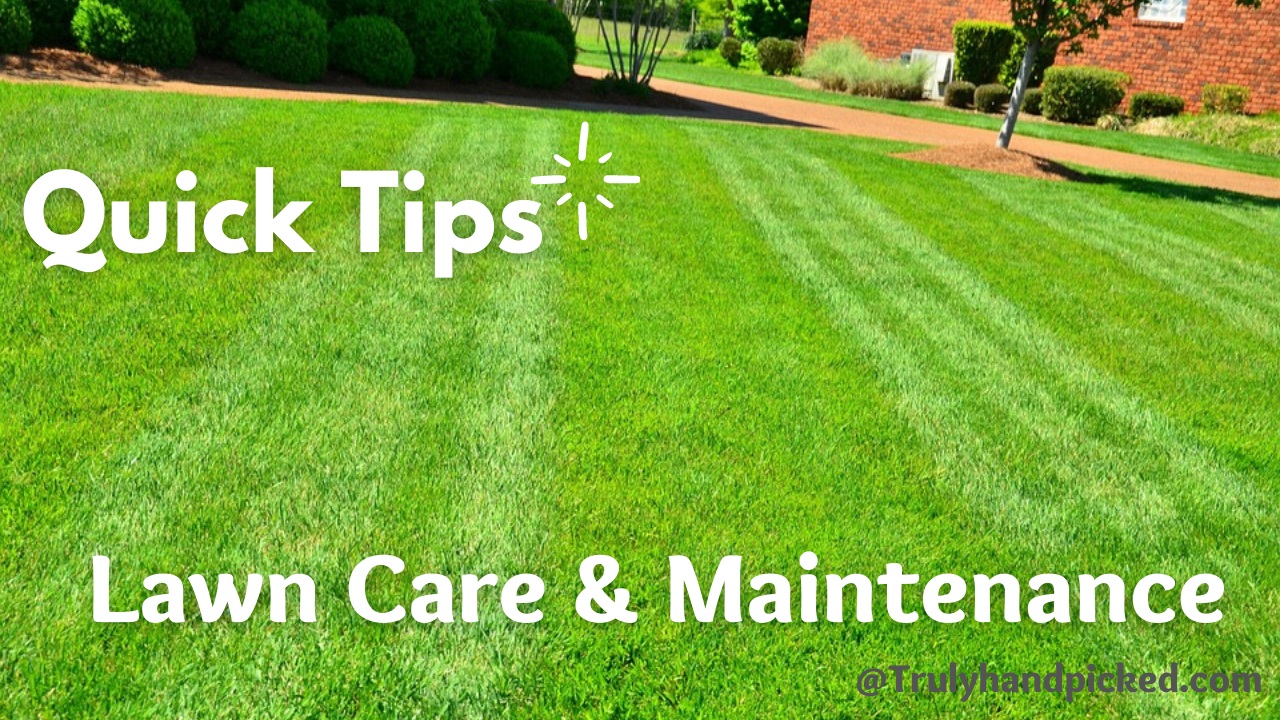
10. Lawn Care and Maintenance
Can you just throw/sprinkle/toss the seeds on the ground rather than planting? Yes, you can, but it will negatively impact the spouted grass seeds later. Though the seeds germinate just by throwing, it won’t grow deep roots, while proper before and after lawn care strengthen the roots for healthy thicker grass and greenish lawn.
Burying grass seeds deeper: No, you don’t have to bury the grass seeds deeper than 1/2 inch. You cant bury it any deeper as it will struggle to germinate since it needs enough light and moisture.
Walking on grass seeds: No, avoid walking after planting seeds and wait until it is established and reaches more than 3 inches. It’s okay to walk after your lawn has been mowed at least 2 to 3 times to avoid uprooting or killing your grass.
Topsoil for new grass seeds: Buying topsoil is not necessary for planting seeds, instead spend some time to till, rotate to break, and loosen the compact soil to aerate and rake it. Test for your soil pH and adding organic compost before seeding can enrich the soil for better grassroots and faster foilage.
Using too many grass seeds: Spreading or overuse of grass seed per square foot may result in seeds fighting for room and water.
Should I cover the newly seeded lawn and what to cover? Yes, covering your grass seeded soil not only keeps your seeds safe from birds but also reminds us not to step in.
whatever you choose to cover is good until it allows sunlight exposure and it’s not too thick.
Recommended materials to cover your lawn:
- Straw (budget-friendly)
- Peat moss
- Burlap
- Organic mulch
- Mushroom soil
- Transparent plastic sheet
How to cover plastic sheets over grass seeds? Plastic seeds are used to cover the lawn area to keep it moist and protect seeds from birds.
- Rake, clean, and seed the area
- Water deeply to wet the top few inches
- Cover the area with a clear plastic sheet and bury the edges.
- The plastic helps to trap moisture and warmth for faster seed germination
- Also, this prevents seeds from birds and heavy rainfall
- Leave the plastic sheet in place for the upcoming 3 – 4weeks.
Speedup seed germination: You can speed up by planting pre-germinated seeds.
- Soak your seeds in water or wet burlap or cheesecloth for not more than 24 hours
- Allow the swollen seeds to dry
- Plant your seeds in the cleaned enriched aerated soil to reduce the waiting time for germination and the sprouts to shoot out.
Heavy rain is bad for seeds: Yes, heavy rain may erode and wash away the top layer of soil and seeds. So, it’s better to plan ahead and check the weather to make sure you seed your lawn just before a rainstorm.
Use of compost for grass seeds: A rich and well-drained moist soil is good for a healthy lawn. If your soil is in such good condition it’s okay, otherwise using compost for newly seeded lawn or for your tender seedlings as a top dressing helps to retain moisture for rapid establishment.
Fertilizer before or after seed? After cleaning and raking use organic fertilizers before seeding. In the case of synthetic fertilizer even a week before sowing unless there is a rainstorm in the next few days, as it may wash away. Also, avoid using synthetic fertilizers after sowing seeds to avoid seeds get burnt.
Keep birds out of the lawn:
- Use visual deterrents like fake predators like a plastic owl or hawk toy decoys.
- Handing Old DVD or Cd to shine and deter.
- Noise deterrents ultrasonic bird repellers or wind chimes.
- Cover the seeds with straw, mulch, protective net, or compost.
- Or another sweet way is to use a bird feeder to divert them give them a treat.
The best soil for growing grass
Loam soil is the best mix for growing grass it retains nutrients and moisture and drains the excess water, which makes it an ideal soil for growing plants. Loam soil is a mixture of sand 40%, silt 40%, and clay at 20%.
Should I rake grass seed? Yes, raking helps to cover the grass seed with soil and makes good contact with soil. If left without raking after using a broadcaster/spreader to disperse the seeds without soil contact it may suffocate or get washed away or be eaten by hungry birds. Even sometimes it may germinate but develops shallow grassroots and thin blades disappear.
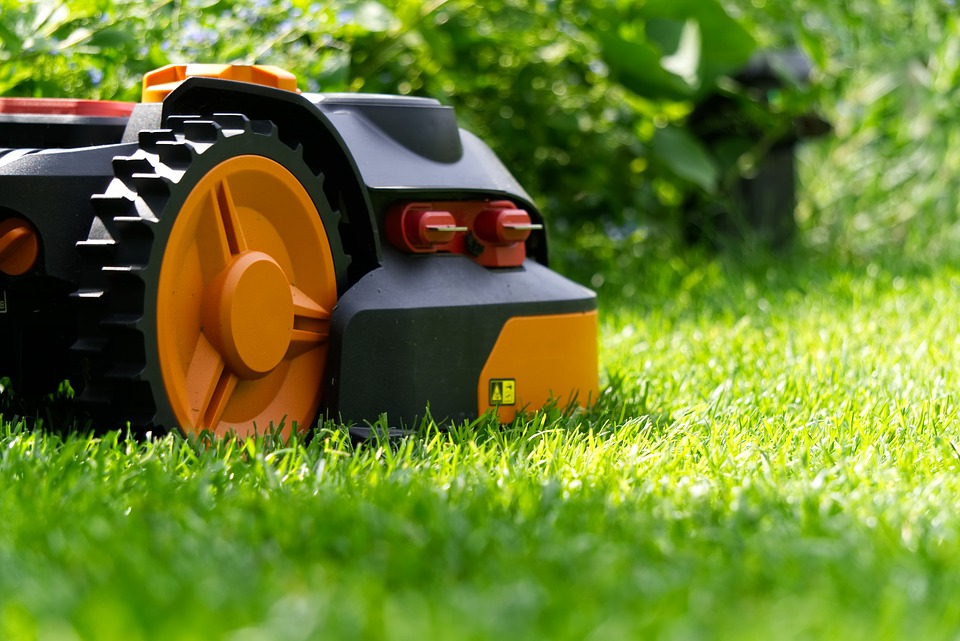
Growing grass in extreme heat:
- Set lawn mower high to keep the grass blades longer, which helps to make it stress-tolerant developing deeper roots for plant support.
- Don’t bag the clippings, as it will act as organic mulch and prevents evaporation leaving the roots dry.
- Also, avoid mowing your lawn in extreme heat or drought it adds additional stress to your plants. Mow it after a mid rainfall or followed by a day after irrigation.
- Do deep watering than daily watering on peak summer, as daily watering suffocates roots and wet leaves on heat and humidity invite disease.
- Also, avoid fertilizers that may burn your blades apart from heat stress. And it is recommended to reduce the foot traffic to lessen the stress and tolerate heat and spring back.
Reference sites: seed lawn, planting grass, lawn overseeding, lawn grass, and Pennington seeds